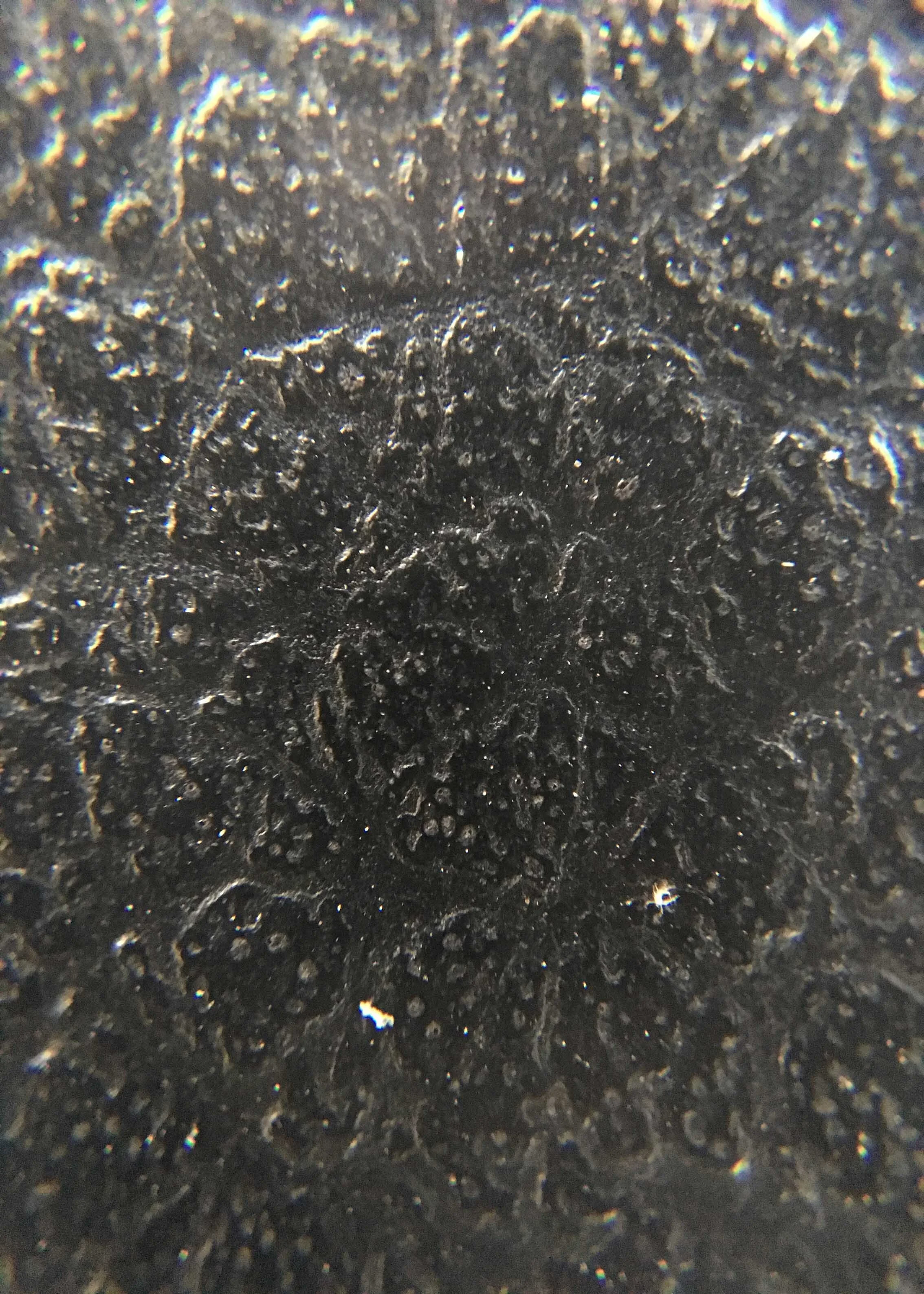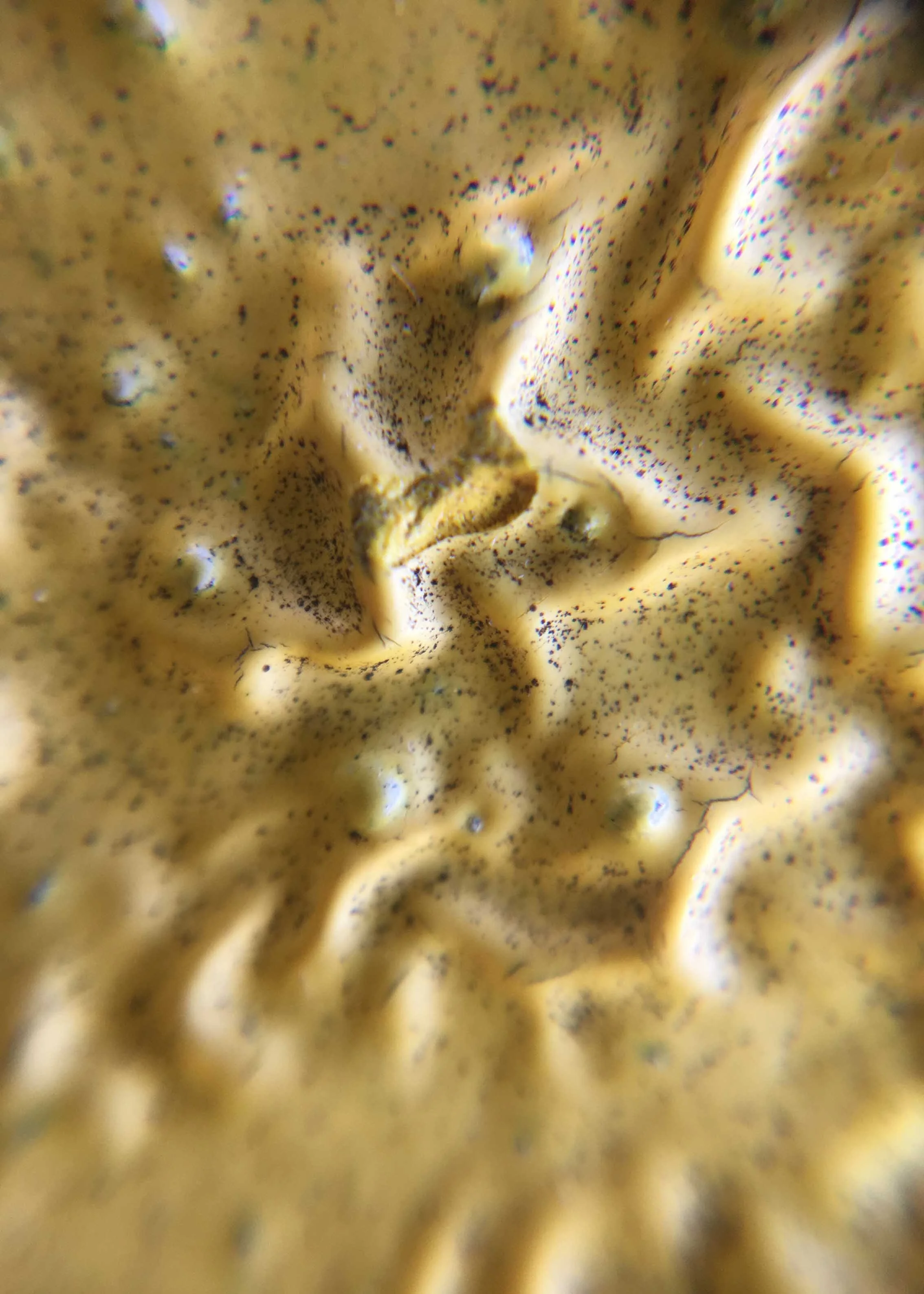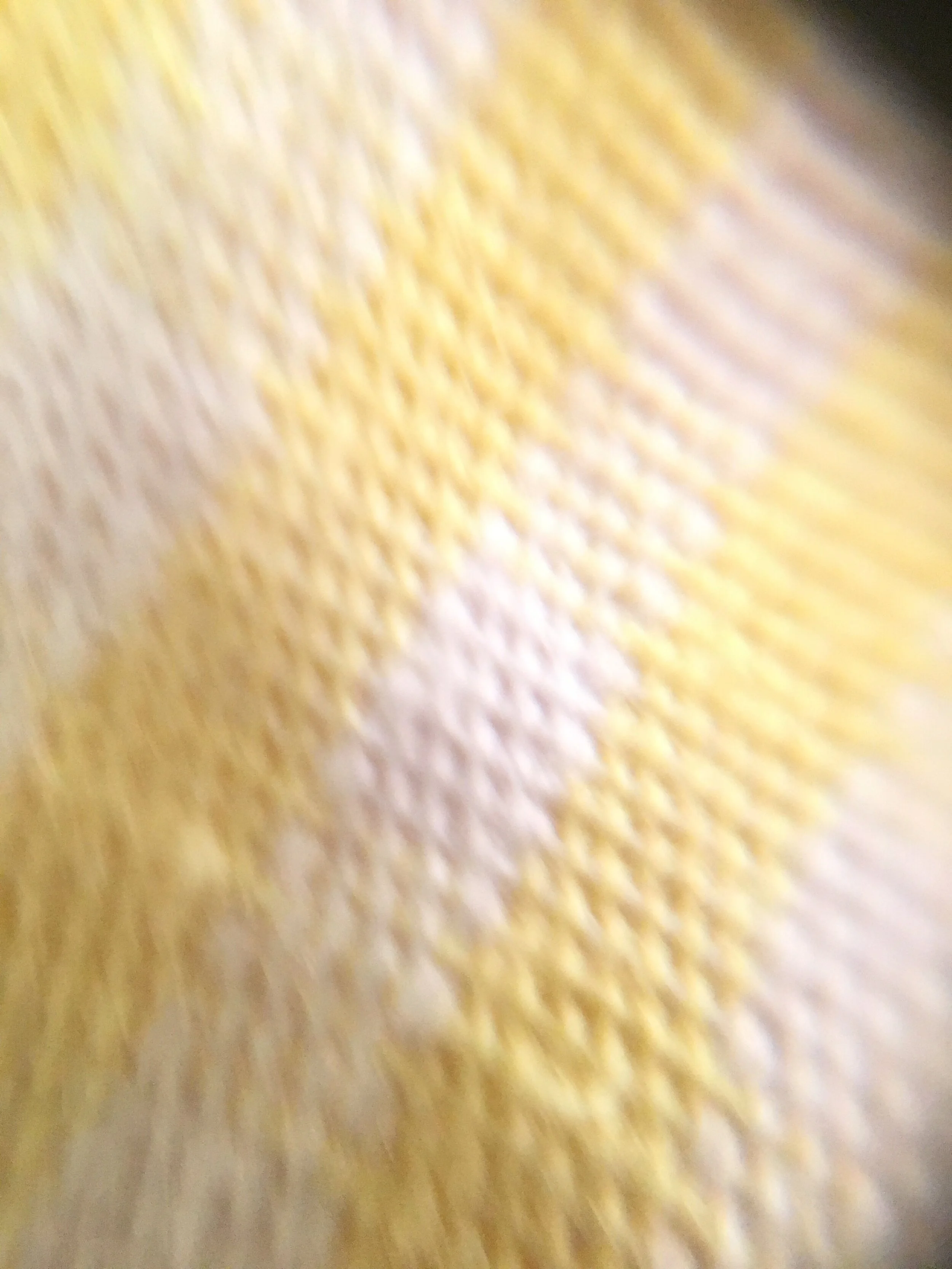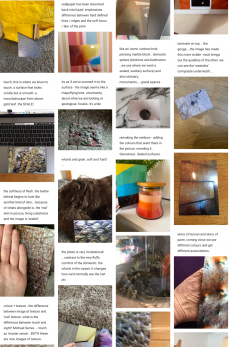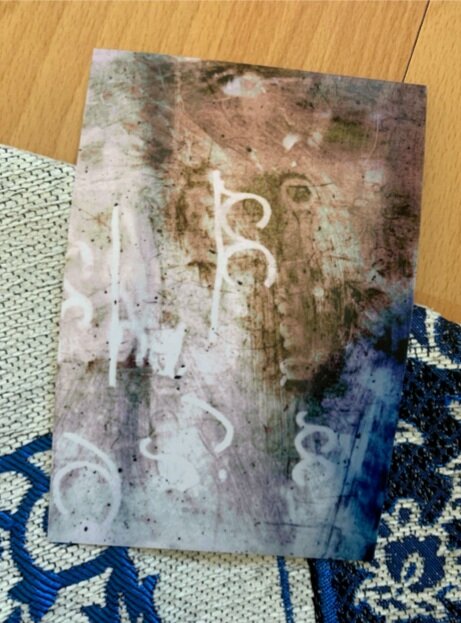
Provocation: tangles
Splicing Spaces
Can we alter our awareness of the conditions around us, and how we feel about them, by setting up a situation that allows for contrast or comparison?
Could things we have overlooked become more visible or tanglible, allowing us a 'way in' to discuss them?
Try our activity: Splicing Spaces
Read about the activity in the file below.
Choose a pack of 4 images to use by clicking on a thumbnail in the carousel (downloads as PDF)
Download activity in Word format here.
We would love to hear how our work has connected with your work and experiences
How we have used this activity so far…
Image description: a screengrab of a Padlet showing students’ photographs and comments about placing images around their homes. Click here for a PDF file of the Padlet.
In January 2021, Becky Shaw and Jo Ray delivered a workshop for undergraduate students training to work with children as teachers, teaching assistants, play workers and educational psychologists, The workshop explored the potentials of thinking about noticing similarities and differences-and the potential of this process to bring our own positionalities and lives in to the mix WITH the environment / context. After hearing about Becky's Sensing the School research, students were sent five pictures in the post to their home addresses. Working quickly, they connected the images with their own environments.
Participant feedback
‘The most intriguing part of the session... was the use of the posted pictures... For me, this was a completely unique task...it really tasked me with thinking. It made me judge my environment in ways which I hadn’t previously – I was trying to establish links between the images with objects in my room. Alongside the time constraint which we were given, this really tasked me with following my instincts.’
‘With the pictures received, it made me look at the environment of my flat differently, looking at all the textures and small patterns I hadn't noticed before...’
‘I used to think that inclusion was a good thing in the sense that all pupils get equal opportunity to reach their potential, however, thinking about it from the perspective outlined in the presentation I have realised that even the definition of inclusion suggests that there already is a group which fits all of its norms and that there are outsiders who do not adhere to them. This made me think that the idea of inclusion is actually emphasising the differences between pupils and highlighting the deviation from the norms, which in turn allows for labels to be placed on those who do not fit in.
The more-than-narrative methods provided a voice to the children in terms of their own education and what they think would be the best support for them and helped children understand that being different is not a bad thing’
‘to look at things in a different way and consider how by using different mediums, something you once thought was so ‘normal’ may actually not be’



